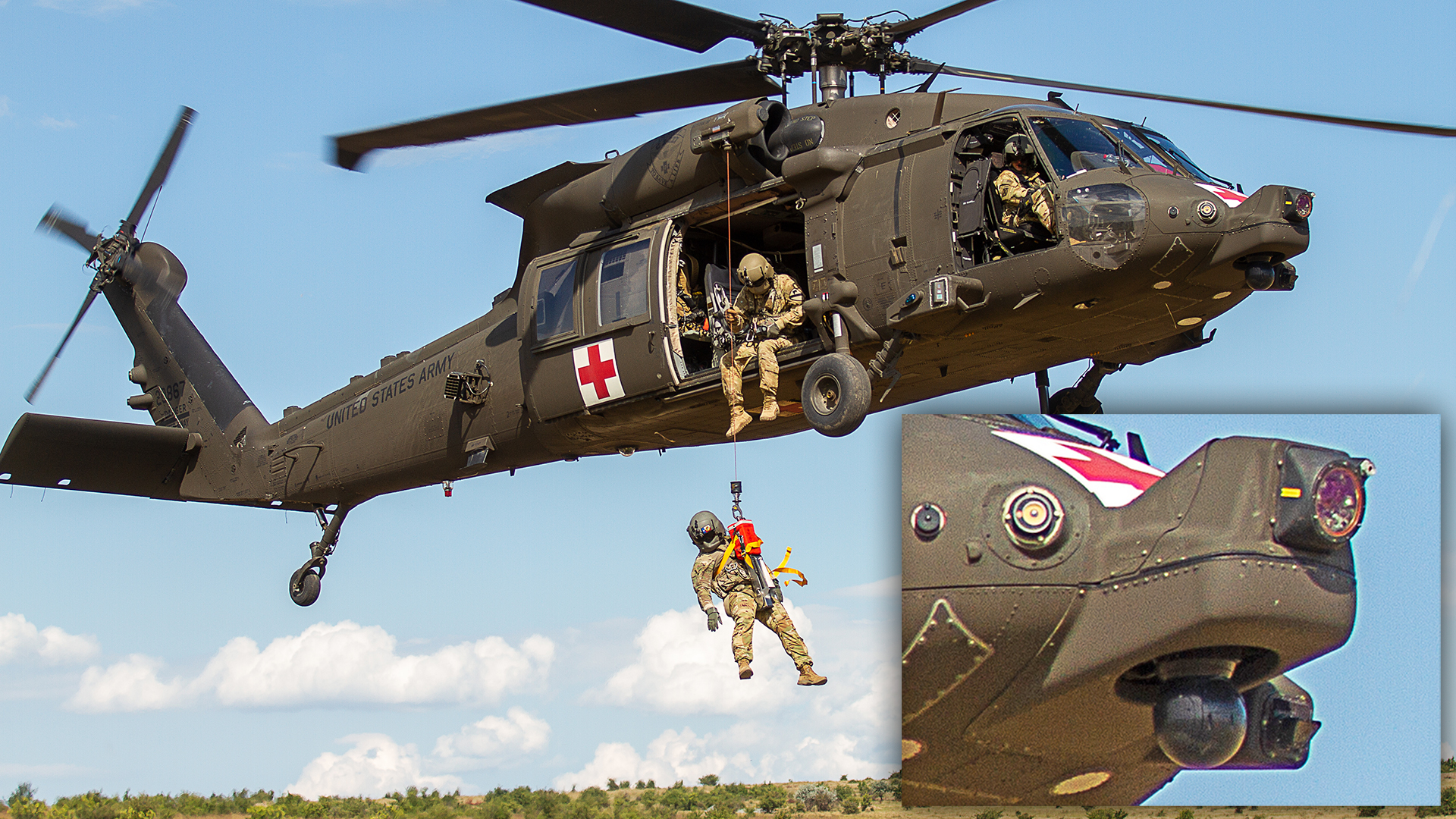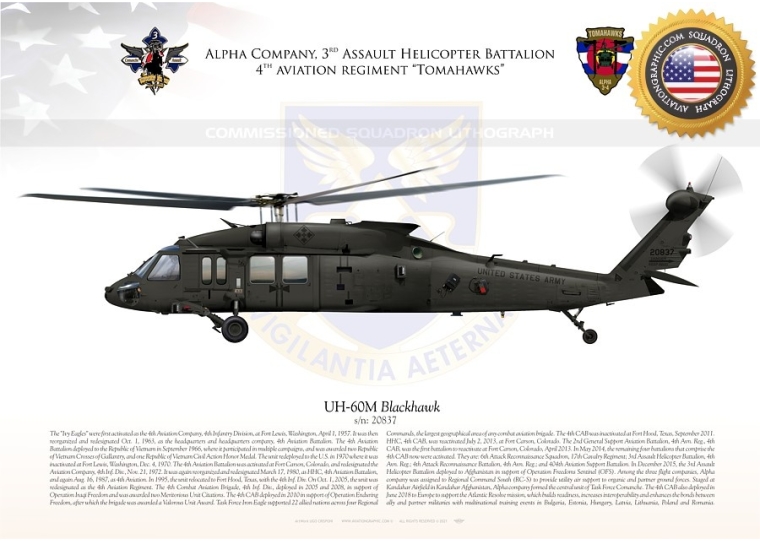The UH 60: A Versatile Airplane for Military and Civilian Use
The UH-60 helicopter, with its origins going back to the late 1970s, has advanced into an important possession for both military and noncombatant fields. Its multifunctional capabilities, ranging from troop transport to emergency situation clinical solutions, show an impressive versatility to numerous operational demands. As technical improvements remain to boost its performance and adaptability, the ramifications of these growths for future applications call for careful evaluation. Comprehending the complete range of the UH-60's impact may disclose insights right into its potential trajectory and significance in a significantly intricate operational atmosphere (uh 60).
Historic Summary of the UH-60

Originally, the UH-60 was released to support army transportation, medical emptying, and logistical procedures. Its intro noted a substantial improvement in helicopter modern technology, incorporating advanced avionics and survivability functions. The Black Hawk's capability to operate in difficult atmospheres, including negative weather condition conditions and battle zone, strengthened its track record as a dependable workhorse.
Throughout the years, the UH-60 has actually gone through countless upgrades and variants, adapting to the progressing demands of armed forces operations. Its legacy includes participation in vital disputes, showcasing its flexibility and performance in different situations. The Black Hawk remains a cornerstone of armed forces air travel, demonstrating the sustaining significance of innovation in aerial transportation and support.
Armed Force Applications and Goals
Regularly released in diverse functional contexts, the UH-60 Black Hawk helicopter serves a plethora of armed forces applications that are critical to mission success - uh 60. This flexible aircraft is primarily utilized for army transport, enabling rapid movement of soldiers to and from battle zone. Its capacity enables the transport of approximately 11 completely equipped troops, making it a crucial possession for ground forces
The UH-60 is likewise integral to medical emptying missions, offering speedy support for hurt employees under fire. Equipped with advanced clinical centers, it can carry casualties while making sure continual medical treatment. Moreover, the helicopter's energy encompasses reconnaissance and security goals, where it gathers important knowledge and improves situational awareness for leaders.
Additionally, the Black Hawk is often employed for logistical support and supply missions, providing vital tools and provisions to soldiers in remote areas. Its flexibility is further demonstrated via its ability to run in varied environments, from metropolitan settings to tough surfaces. Generally, the UH-60 Black Hawk remains a cornerstone of modern-day armed forces operations, personifying convenience, integrity, and efficiency in meeting mission objectives.
Private Citizen Makes Use Of and Adaptations
Beyond armed forces applications, the UH-60 Black Hawk helicopter has actually found a variety of civilian usages and adaptations that display its flexibility. Originally designed for army transport and logistical support, this aircraft has been efficiently adapted for different noncombatant functions, consisting of emergency medical solutions (EMS), firefighting, and search and rescue operations.
In emergency clinical solutions, the UH-60 can rapidly deliver people to healthcare facilities, furnished with sophisticated medical tools and personnel. Its speed and maneuverability enable rapid feedback in critical situations, which is crucial in saving lives. The helicopter's huge cabin allows for clinical groups to operate efficiently during trips.
In firefighting, the UH-60 has actually been modified to bring water or fire retardant, making it an effective device in combating wildfires. Its capability to hover and maneuver in difficult terrains offers considerable benefits over conventional ground-based firefighting methods.

Technological Developments
How has the evolution of innovation influenced the abilities of the UH-60 Black Hawk helicopter? The UH-60 has undertaken substantial developments since its inception, greatly enhancing its functional effectiveness. One essential development is the combination of advanced avionics, which consists of electronic flight control systems and multifunction displays, improving situational awareness for pilots. This permits better navigation and goal planning, specifically in challenging settings.

Furthermore, the incorporation of composite materials in the airframe has decreased weight while keeping architectural integrity, contributing to boosted payload capacity and gas effectiveness. The helicopter's rotor system has actually additionally benefited from technological developments, such as noise decrease technologies and boosted wind resistant design, which enhance both performance and stealth capabilities.
Moreover, the UH-60's adaptability to various mission accounts is boosted by modular systems, allowing quick reconfiguration for duties ranging from medevac to troop transport. uh 60. The introduction of innovative communication systems makes sure real-time information sharing and sychronisation during goals, which is vital in contemporary fight situations. Jointly, these technical developments have actually transformed the UH-60 into a versatile and powerful asset in both military and noncombatant applications
Future Potential Customers and Dopes

Furthermore, ongoing research study into alternative power resources, such as hybrid-electric propulsion, provides a chance for raised gas effectiveness and reduced ecological impact. This more info here straightens with both armed forces and private goals for sustainability. The UH-60's versatility to numerous roles, from medical emptying to search and rescue, guarantees its continued relevance in diverse operational contexts.
Additionally, partnerships with protection service providers are fostering advancements in weaponry and sensing unit innovation, allowing the Black Hawk to properly respond to modern-day threats. As the army landscape develops, the UH-60's design will likely welcome modularity, permitting rapid reconfiguration based upon mission requirements. Overall, the future of the UH-60 is bright, identified by boosted performance, flexibility, and an unwavering commitment to meet the obstacles of modern war and altruistic efforts.
Final Thought
The UH-60 helicopter exemplifies convenience with its twin function in army and private operations. As continuous developments proceed to enhance its abilities, the UH-60 continues to be a critical asset across various functional settings.
The UH-60 Black Hawk helicopter, a critical possession in modern-day armed forces air travel, was first presented in the late 1970s as component of the U.S. Military's quest for a functional and trustworthy utility helicopter.Frequently deployed in varied operational contexts, the UH-60 Black Hawk helicopter offers a wide variety of armed forces applications that are important to goal success. anonymous Overall, the UH-60 Black Hawk continues to be a cornerstone of modern-day armed forces procedures, personifying flexibility, dependability, and efficiency in fulfilling mission purposes.
As the military landscape progresses, the UH-60's layout will likely welcome modularity, permitting for fast reconfiguration based on objective demands.The UH-60 helicopter exhibits flexibility through its dual role in private and army procedures.